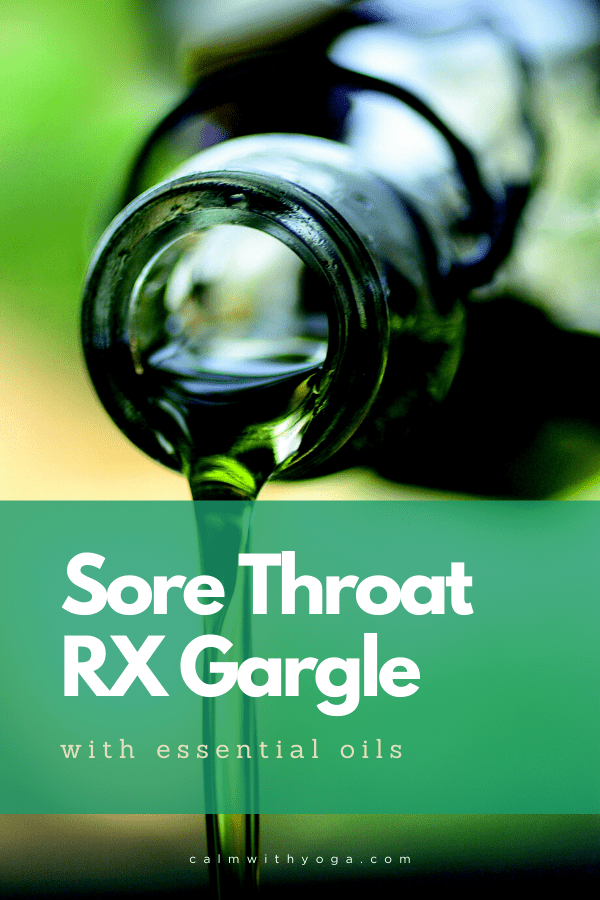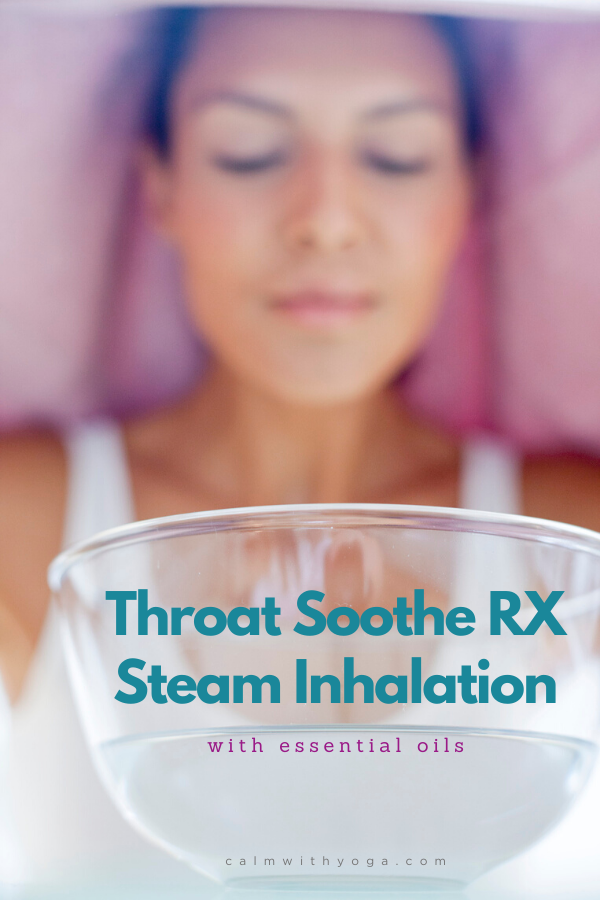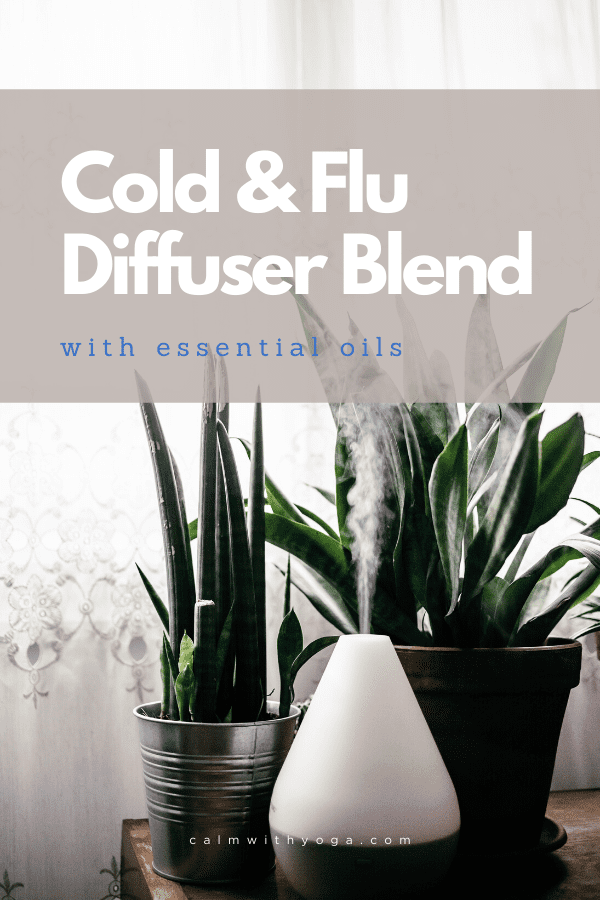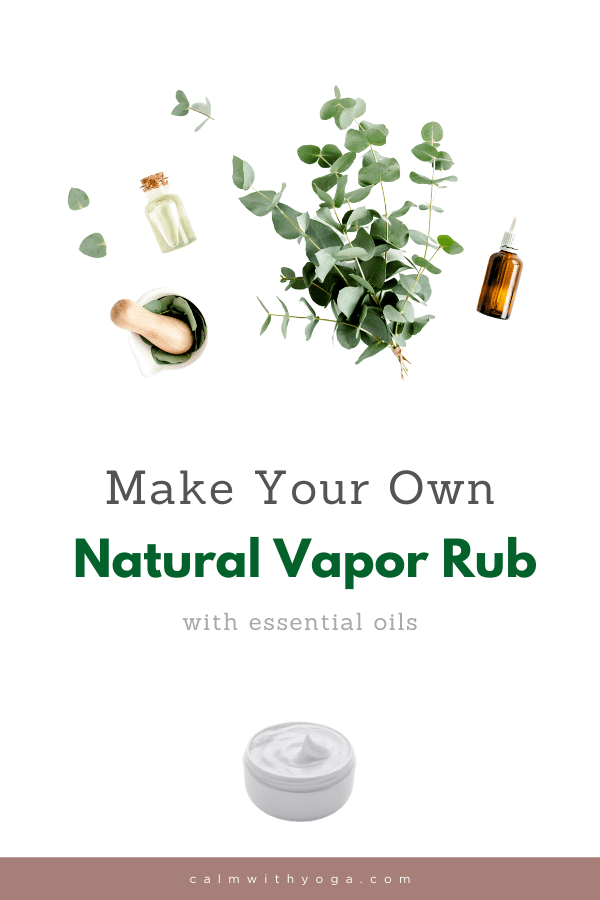Did you know your nose produces about a quart of mucus each day? (1) This mucus production helps keep things moist and cleans out potential invading bacteria and other pathogens. You usually don’t notice the mucus traveling down your throat because it’s mixed with saliva, but when your body produces more of it, or it thickens, you feel that something’s stuck in your throat. Some of this excess phlegm drains out of the nose (aka runny nose), and some of it goes down the throat. This is post nasal drip.
What Causes Post Nasal Drip?
Post nasal drip can affect any age group. Some common causes can be:
Sinus infection Colds/stuffy nose Allergies Pregnancy A deviated septum Cold weather Chemical fumes Spicy food
How Do You Treat Post Nasal Drip?
Treatment will depend on what is causing the excess drip. Over-the-counter decongestants and antihistamines can help if your drip is viral or allergy-related. If you’re looking for a natural way to manage post nasal drip, then essential oils might be a good option.
Essential Oils As Natural Remedies
The use of essential oils and aromatherapy is gaining significant popularity amongst those looking for a more holistic approach to natural health. Essential oils (EOs) are highly concentrated plant extracts containing several active chemicals known to nourish the body and mind. Their uses as home remedies vary greatly, and some of the benefits can specifically help address ‘the ‘Drip’:
Allergy relief – Manage allergy symptoms and reduce the risk of post nasal drip. Sinus relief – Reduce sinus issues, and you can also reduce the drip. Sore throat relief – This can also help with a sore throat due to continually having to cough or clear your throat due to the drip. Cold weather – Some essential oils like clove and cinnamon have a warming effect.
Other unrelated but equally practical uses:
Skincare – use EOs to clear skin of acne or reduce the effects of aging. Massage oils – Create your essential oil recipes for self-massage or relaxation. Bug spray – EO lotions can repel bugs and help soothe bites.
The Best Essential Oils For Post Nasal Drip
Eucalyptus oil
Eucalyptus oil is an antiviral of the respiratory tract. It’s also a decongestant and anti-inflammatory that can provide relief from respiratory conditions like sinusitis and bronchitis. (2) Research shows that when it’s inhaled, 1.8-cineole, the main active compound in eucalyptus, can reduce infection-related mucus secretions. (3)
Peppermint oil
Menthol, the main active ingredient in peppermint oil, acts as a natural decongestant that soothes and cools the nasal passages and throat. It can also soothe an upset tummy and act as a digestive aid.
Tea tree oil (Melaleuca)
Tea tree is an effective decongestant and an antiviral of the respiratory tract. Its vapors help open up the breathing pathways and help soothe conditions like sinusitis, bronchitis, and laryngitis. Other useful oils for post nasal drip are:
Ginger oil Rosemary oil Lemon oil Lavender oil Thyme oil
Safety Concerns
When used safely, EOs usually offer little to no side effects. When used topically as a natural aid for mucus reduction, EOs must always be diluted in a carrier oil to prevent skin irritation and reactions. (Diluting EOs is essential, especially if you have sensitive skin.) It’s advisable to perform a patch test on a non-affected area of the skin and wait 24 hours to confirm no allergic reaction. If you experience any adverse reaction to any oil, discontinue use immediately and consult your healthcare provider to seek medical advice. Some oils are not suitable for babies, young children, and pregnant or nursing women. Research the contraindications for each oil you use before applying them. EOs aren’t regulated by the FDA (Food & Drug Administration), so it’s essential to do your research before buying products to make sure they aren’t diluted or contaminated. Always choose high-quality, certified organic, therapeutic-grade, 100% natural essential oils to make sure you’re experiencing the full medicinal benefits. Going for the highest quality oils is very important when you’re using EOs as inhalants. Choose essential oil recipes that blend multiple EOs, as this can amplify their medicinal effects.
4 Essential Oil Uses For Post Nasal Drip
4 DIY Recipes: Essential Oil Blends For Post Nasal Drip Remedy
Sore Throat Rx Gargle
Gargling with EOs, salt, and warm water is an excellent way to get localized healing to your throat. Be sure not to swallow or ingest the oils and thoroughly spit them out. Mixture:
1 glass of warm water 1 tsp sea salt 1 tsp Apple Cider Vinegar 1 tbsp organic Manuka honey 2 drops peppermint oil 2 drops oregano oil 2 drop lemon oil 1 drop ginger oil
Instructions: Mix everything in the glass and gargle for 30-60 seconds, then spit it out For best results, repeat 2-4 times daily until your sore throat is relieved.
Throat-Soothe Steam Inhalation
Inhaling EOs with steam is an effective way not just to soothe your sore throat but also to open up the respiratory airways. Mixture:
2 drops eucalyptus oil 2 drops tea tree oil 2 drops rosemary oil 1 drop clove oil 1 drop frankincense oil
Instructions: Fill a large bowl or pot with boiling water, add the essential oils, and place a towel or blanket over you to contain the steam. Take deep, slow inhales.
Cold Rx Diffuser Blend
Diffusing your EOs helps to vaporize and disseminate millions of microparticles into the air around you safely and effectively. Mixture:
3 drops Eucalyptus 3 drops Rosemary 3 drops Frankincense 2 drops Lemon
Instructions: Add to 200 ml of water in your diffuser and then add the essential oils.
Vapor Throat Rub
This homemade chest rub is the best way to apply this blend topically. This recipe is a non-toxic alternative to the good old fashioned Vicks rub. Unfortunately, Vicks contains less than desirable ingredients, including synthetic chemicals and even petroleum. (Ugh.) Mixture:
¼ cup cacao butter (carrier oil) ¼ cup coconut oil (carrier oil) 15 drops Eucalyptus oil 15 drops Rosemary essential oil 10 drops Tea tree oil 10 drops Peppermint oil 5 drops Lavender oil
Instructions:
Slightly melt cacao butter and coconut oil in a small pot. Add all EOs and stir well. Transfer mixture to small jars or any airtight container with a lid. Allow to fully cool off before topically applying to the chest and back as needed. Note: Do not apply to nostrils or any area with mucous membranes. Pro tip: For a less-fuss, on-the-go application, you can add the mixture to empty lip balm containers and apply directly.
REFERENCES : (1) https://www.webmd.com/allergies/postnasal-drip#1 (2) https://www.ncbi.nlm.nih.gov/pubmed/20359267 (3) https://www.ncbi.nlm.nih.gov/pmc/articles/PMC4514714/



